
 2021 JFK 50 Miler
2021 JFK 50 Miler
Close to Home: Know Your Snakes
Two days ago I saw a Copperhead lying in the grass. It didn´t move for the longest time, it crossed my mind that it could be dead. But it wasn´t. That´s what Copperheads do sometimes, lie around motionless until a prey crosses its path. I did not dare move closer, as it has a reputation of striking when feeling provoked. To top it off, it´s also one of two venomous snakes in Maryland. The other one is the Timber Rattlesnake, a shy snake found in the northern and western part of the state. The Copperhead on the other hand, is quite common in the suburban Washington area. As it is the time of year when they start appearing, sometimes even in our backyards, and I have a history of being prone to snake encounters on almost all my excursions, I´d like to give some general information.


This is the Copperhead, it´s quite obvious where it got its name from. They belong to the Viper family.
Note the broad and triangular shaped head and the vertically slit iris.
For the Washington area it´s easy to memorize:
vertically slit iris = venomous
round iris = non-venomous
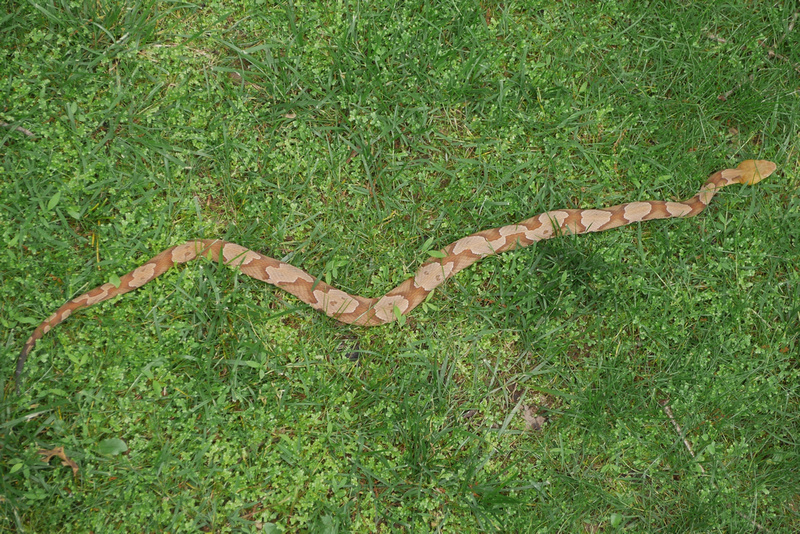

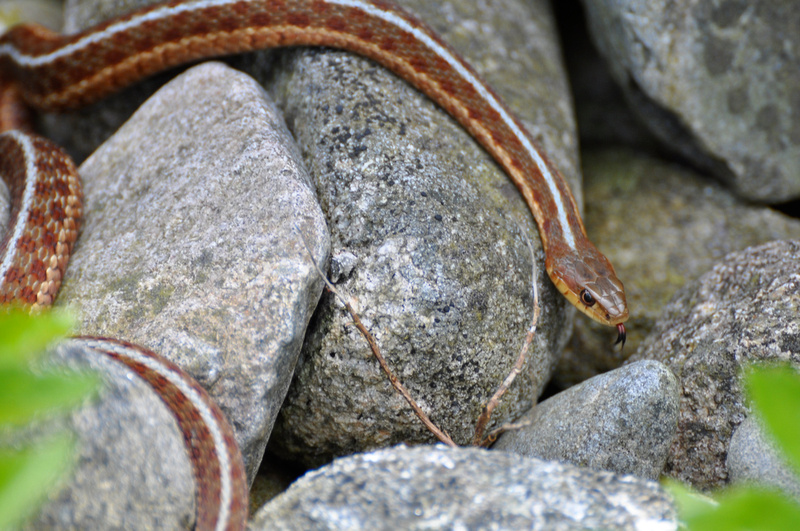

This is the Garter Snake, a very common snake. It always has a characteristically white to yellow colored
stripe over the length of its body. Note the not so broad head shape and the round iris.
Body colors vary from reddish-brown over greenish-olive to grayish-black.
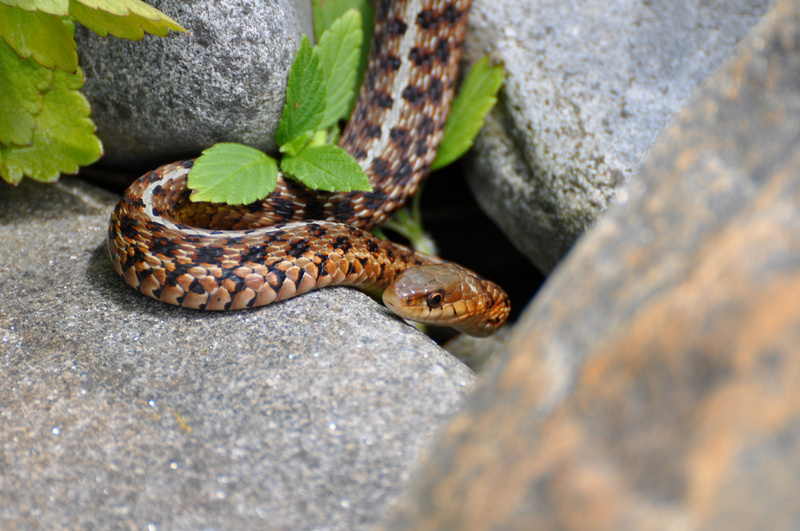

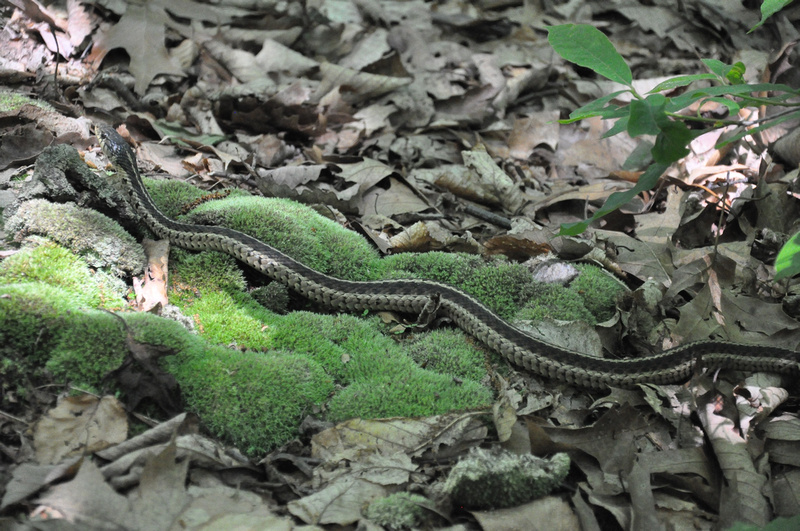

More Garter Snakes. Newest research has found that it has a mild form of venom,
more harmful to its small prey than to humans. Bites by mild-venomous and
non- venomous snakes can be painful, and should be double checked in a
medical facility. Allergic reactions may occur.
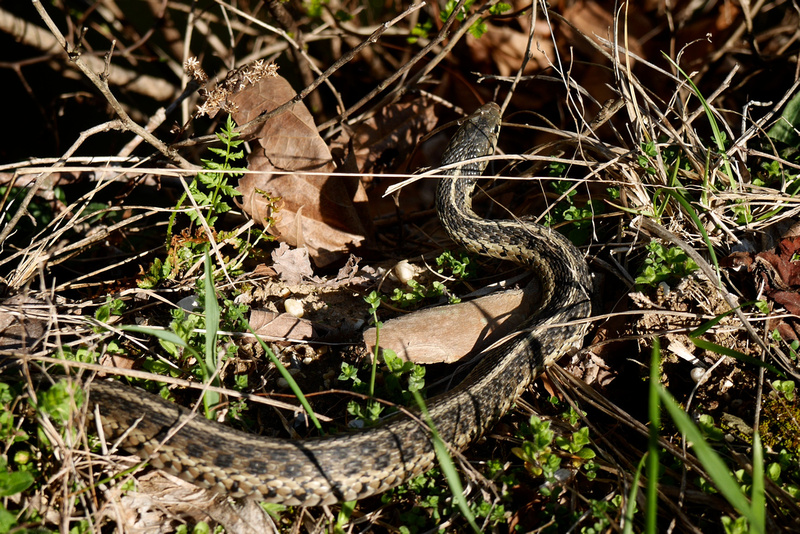

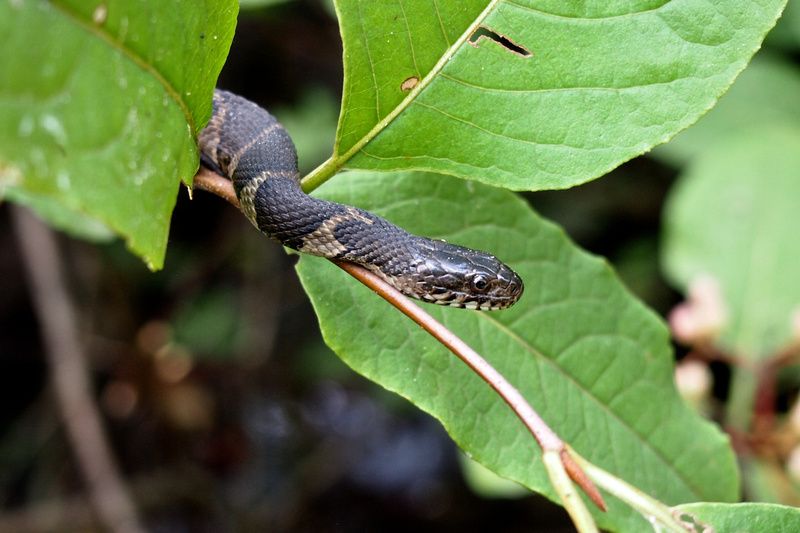

The Northern Watersnake.
Garter Snakes and Watersnakes have a reputation of being a tad ill-humored and aggressive.
They will bite if inspected too closely.
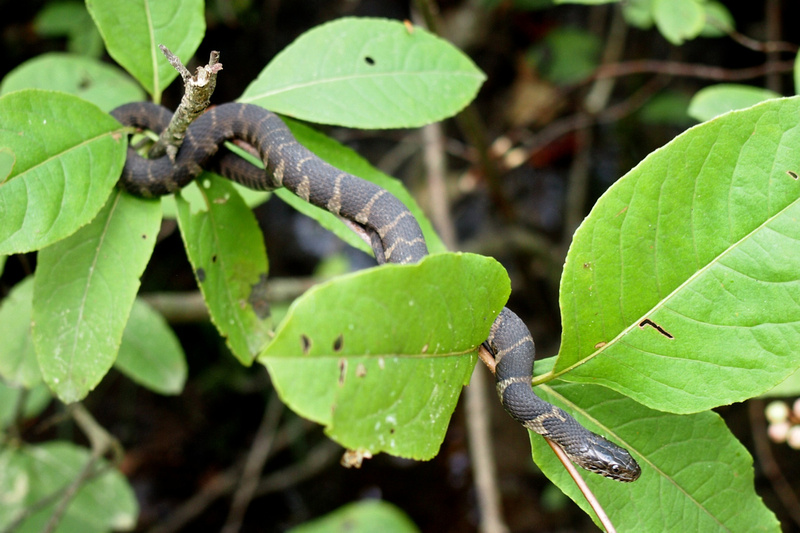

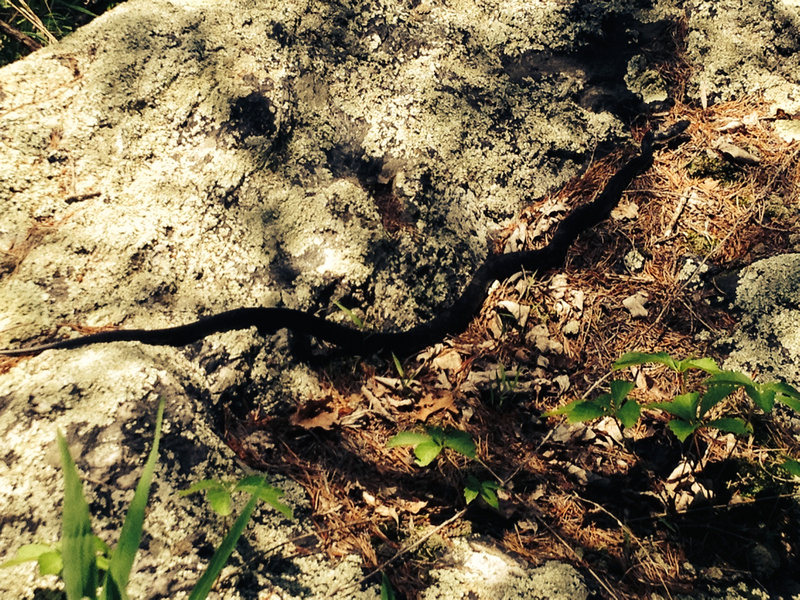

The Ratsnake. A bad photo, but the only one I managed to take. This is the areas largest snake, growing up to
two and a half meters (100 inches). I once saw a fully grown specimen, it was very impressive.
It´s not only long but also very thick in the midsection.
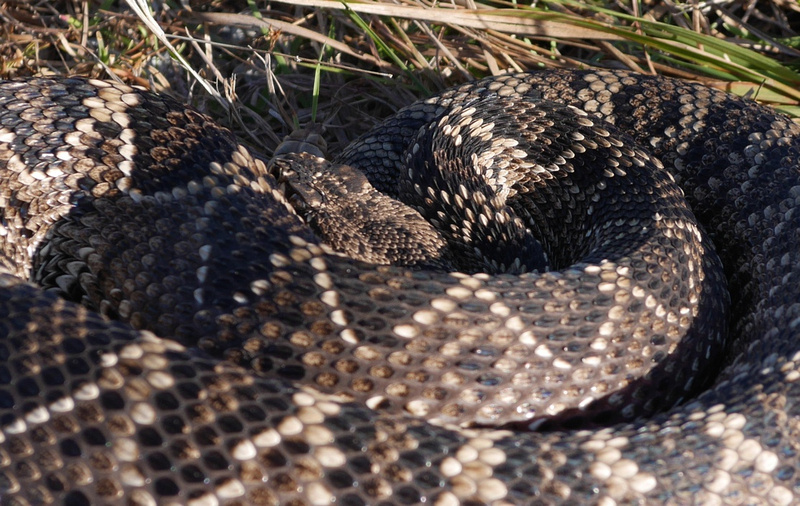

The Rattlesnake. This is the only picture I didn´t take in our vicinity, it´s taken in the Everglades.
You can see the rattler right in front of its head.
Comments
|
January
February
March
(5)
April (5)
(15)
May (15)
(6)
June (6)
(1)
July (1)
(4)
August (4)
(10)
September (10)
(12)
October (12)
(14)
November (14)
(12)
December (12)
|
(22)
January (22)
(14)
February (14)
(21)
March (21)
(11)
April (11)
(13)
May (13)
(14)
June (14)
(1)
July (1)
(2)
August (2)
(7)
September (7)
(15)
October (15)
(17)
November (17)
(18)
December (18)
|
(5)
January (5)
(14)
February (14)
(5)
March (5)
April
(5)
May (5)
(21)
June (21)
(13)
July (13)
(6)
August (6)
(11)
September (11)
(9)
October (9)
(10)
November (10)
December
|
January
February
March
April
May
(10)
June (10)
(15)
July (15)
(16)
August (16)
(4)
September (4)
(2)
October (2)
(8)
November (8)
(5)
December (5)
|
(6)
January (6)
February
(2)
March (2)
(7)
April (7)
(4)
May (4)
(5)
June (5)
(7)
July (7)
(2)
August (2)
September
October
(9)
November (9)
December
|
(1)
January (1)
(1)
February (1)
(7)
March (7)
(8)
April (8)
(3)
May (3)
June
July
August
September
(1)
October (1)
(14)
November (14)
(8)
December (8)
|
(8)
January (8)
(5)
February (5)
(9)
March (9)
(4)
April (4)
May
June
July
August
September
October
November
December
|
(4)
January (4)
(3)
February (3)
March
(1)
April (1)
(1)
May (1)
(2)
June (2)
July
(1)
August (1)
(2)
September (2)
October
November
(2)
December (2)
|
(5)
January (5)
February
(2)
March (2)
April
May
June
July
August
September
October
November
December
|
January
February
March
April
May
June
July
August
September
October
November
December
|
(3)
January (3)
(2)
February (2)
(1)
March (1)
(1)
April (1)
May
June
July
(3)
August (3)
September
October
November
December
|
January
February
March
April
May
June
July
August
September
October
November
December
|
January
February
March
April
May
June
July
August
September
October
November
December
|